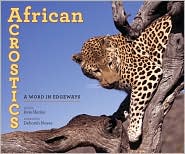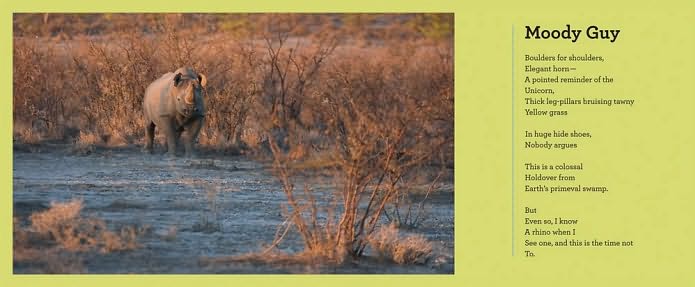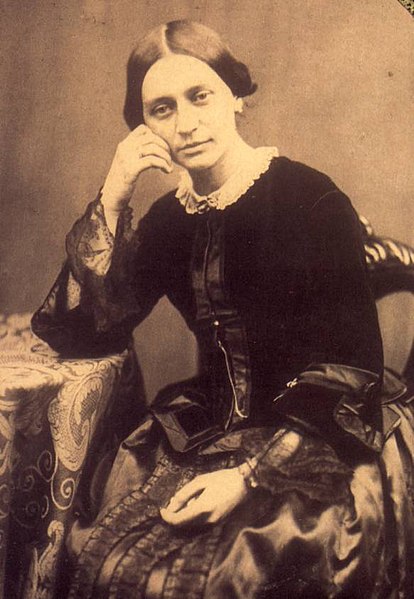Back in March, 2008, in one of my first I.N.K. blogs, Truth or Fiction??, I went on a rant about the publication of adult books purported to be memoirs that turned out to be fiction.
This is how I began: "This morning in the New York Times I read about another outed memoirist, Margaret B, Jones, whose account of life as a foster child growing up in the drug infested L.A. projects, Love and Consequences, turns out to be pure fiction. This follows on the footsteps of another recent fabrication, Misha Defonseca’s Misha:A Memoir of the Holocaust, which includes a story about being raised by wolves. Wolves? Did anybody who read it believe this? Meanwhile I’m slogging away with my writing partner Sandra Jordan, trying to copyedit for the twentieth time every detail, including a complicated List of Artworks, Bibliography, Quotes, text and more of a non-fiction project Christo and Jeanne-Claude:Through The Gates and Beyond."
Sue Macy responded to my blog the next day. Here is an excerpt from her thoughtful essay. “In recent years, the trend in kids’ nonfiction has been toward more attribution and accountability. When my editors first told me they would require footnotes for quotations and statistics, I balked, flashing back to those long ago days of writing college papers. But now I embrace the chance to hold the veracity of my work up to public scrutiny by including footnotes and inviting readers to e-mail me with questions about sources. And when those sources conflict with no clear consensus, as in the spelling of Annie Oakley’s real last name (Moses or Mozee), I do my best to report the disagreement and explain why I chose the option I did. In kids’ nonfiction, honesty is the best policy and accuracy always matters.”
Just a month ago the New York Times reported another case of fiction disguised as non-fiction. When this was revealed by historians, veterans, and scientists denouncing the book, “The Last Train from Hiroshima,” its’ author, Charles Pellegrino, said he was duped by a source. The man claimed to have substituted for the plane’s regular flight engineer on the bombing run to Hiroshima. He turned out to be an imposter. Experts pointed out other factual and technical errors. Henry Holt & Company stopped printing and selling the book. (Guess who wanted to make a movie out of it? Hint: Who produced Avatar?)
Does this happen in children’s book publishing? My research tells me there have been cases of plagiary accusations in fiction for children. (But very few.) If there have been scandals in non-fiction books for young readers, I cannot find any documentation. That doesn’t mean they don’t exist. But reading through the many commentaries on research by participating authors of I.N.K., I have been impressed, even awed, by their diligent, creative, and passionate research and fact-finding. You can read some of my past blogs on the subject, as well as one by Sandra Jordan, by highlighting my name in the sidebar. Here are some of my favorite nuggets of wisdom gleaned from this group of dedicated non-fiction writers.
David Schwartz: “To rewrite Kenneth Grahame’s delightful line (which, as it happens, was spoken by the character Mole in Wind in the Willows), “There is nothing—absolutely nothing—half so much worth doing as messing about in boats.” In this case, Grahame’s ode to blissful aimlessness might be rewritten for researchers as “There is nothing so delightful — or fruitful — as messing about in libraries.”
Cheryl Harness: “I grew up reading the encyclopedia just for fun. In all my books (40 or so) through the years, I always begin my research with a regular, old, paper World Book. It gives me more than enough information with which to make my outline.” (told to me by Cheryl at the Warrensburg Children Literature Festival on March 16.)
Gretchen Woelfle: “An old adage tells us to write about what we know. I disagree. I choose to write about what I don’t know, but want to learn. Full disclosure: I – and other writers I could name, but won’t – enjoy research at least as much, and sometimes more than, writing. Especially when it means traveling to beauty spots like the Pacific Northwest.”
Melissa Stewart: “To write nonfiction, you have to like research. I mean really like it a lot. You have to like it so much that sometimes it’s hard to know when to get the heck out of Dodge and move on to the next step in the process.What's my favorite kind of research? Firsthand research, especially when it takes me to exotic places like the African savanna or a coral reef or a tropical rain forest. As far as I'm concerned, it's the best part of my job. Nothing beats observing animals in their natural environment. This kind of research provides key tidbits of information that are often missing from authoritative books and journal articles about wildlife and wild places.”
Barbara Kerley: “A picture book biographer, constrained by the physical limitations of the genre (these books are short!), looks for a theme to carry the book, a simple concept to give focus and clarity to a complex life.”
Deborah Heiligman: “Writing fiction is about looking at people and asking what makes them tick. Writing biography is exactly the same, only you can’t make anything up. Writing all non-fiction is about asking questions you don’t have the answers to. So you have to do research to find out. For that all it takes is being nosy…….
Reading primary sources—letters, journals, diaries—is heaven to a nosy person. Reading primary sources is a fantastic way for a writer to get great material, unique insights, and, we hope, give the world valuable new information.And it’s completely legitimate! And legal! And moral!Unlike reading a person’s journal just because she left it lying around….”
Suzanna Reich: “ Dr. Troccoli's talk traced intriguing connections between Clinton and Catlin. But what struck me was the way it showed that studying history is like holding a prism that refracts light in all directions. By looking closely at any one incident in a person's life, you can find myriad connections to other people, places, and events. This is why scholars constantly re-examine familiar texts and mine old information for new insights, and why nonfiction authors tromp through cemeteries, always on the hunt for a good story.”
Tanya Lee Stone: “On the Internet, to be sure, one can learn a little bit about a lot of things. But it takes the skill and craft and research and patience and love of a writer dedicated to learning every possible piece of a story to put it together with context and meaning in a way that kids will find engaging.”
Susan E. Goodman: “The Internet will never replace the depth and perspective that you can get in books. Or the immediacy you get in primary documents. Or the detail you get from interviews. And, yes, I understand and always explain to kids that not all web sites are created equal and must be checked for accuracy. Nasa.gov for space info, yes. SpaceshotBob’sguidetothe17planets.com, no….That said, let me mention a few ways Google has changed my life. A while ago, I was reading a book and noticed an anecdote in a footnote that seemed like a promising book idea. I googled the author of this book, got his email address and was soon told this story came from a monograph. He knew the name of the guy who wrote it and that he taught in Denmark. No problem, a Google search quickly gave me his email address at University of Copenhagen. Within two days of my seeing this citation, its author offered me a copy—in English or Danish, no less.”
And to make it even more fun, we help each other out!!!!


 With my penchant for experimental productions, my skepticism about sequels, my indifference to Hollywood 3-D animation, and my love of Alice – I went to Tim Burton’s new film with some trepidation. However the prospect of seeing lots of Johnny Depp certainly brightened my outlook. I’m not going to give a proper review of the film, but I was rather surprised that I liked it. You’ve no doubt seen it or read reviews about the almost-grownup Alice returning to Underland.
With my penchant for experimental productions, my skepticism about sequels, my indifference to Hollywood 3-D animation, and my love of Alice – I went to Tim Burton’s new film with some trepidation. However the prospect of seeing lots of Johnny Depp certainly brightened my outlook. I’m not going to give a proper review of the film, but I was rather surprised that I liked it. You’ve no doubt seen it or read reviews about the almost-grownup Alice returning to Underland.

 Miss Fox’s Class Goes Green, written by Eileen Spinelli and illustrated by Anne Kennedy (picture book category)
Miss Fox’s Class Goes Green, written by Eileen Spinelli and illustrated by Anne Kennedy (picture book category) Operation Redwood, written by S. Terrell French (children's fiction category)
Operation Redwood, written by S. Terrell French (children's fiction category) The Carbon Diaries: 2015, written by Saci Lloyd (young adult fiction category)
The Carbon Diaries: 2015, written by Saci Lloyd (young adult fiction category) I am fortunate to serve as the poetry coordinator for the
I am fortunate to serve as the poetry coordinator for the 
















